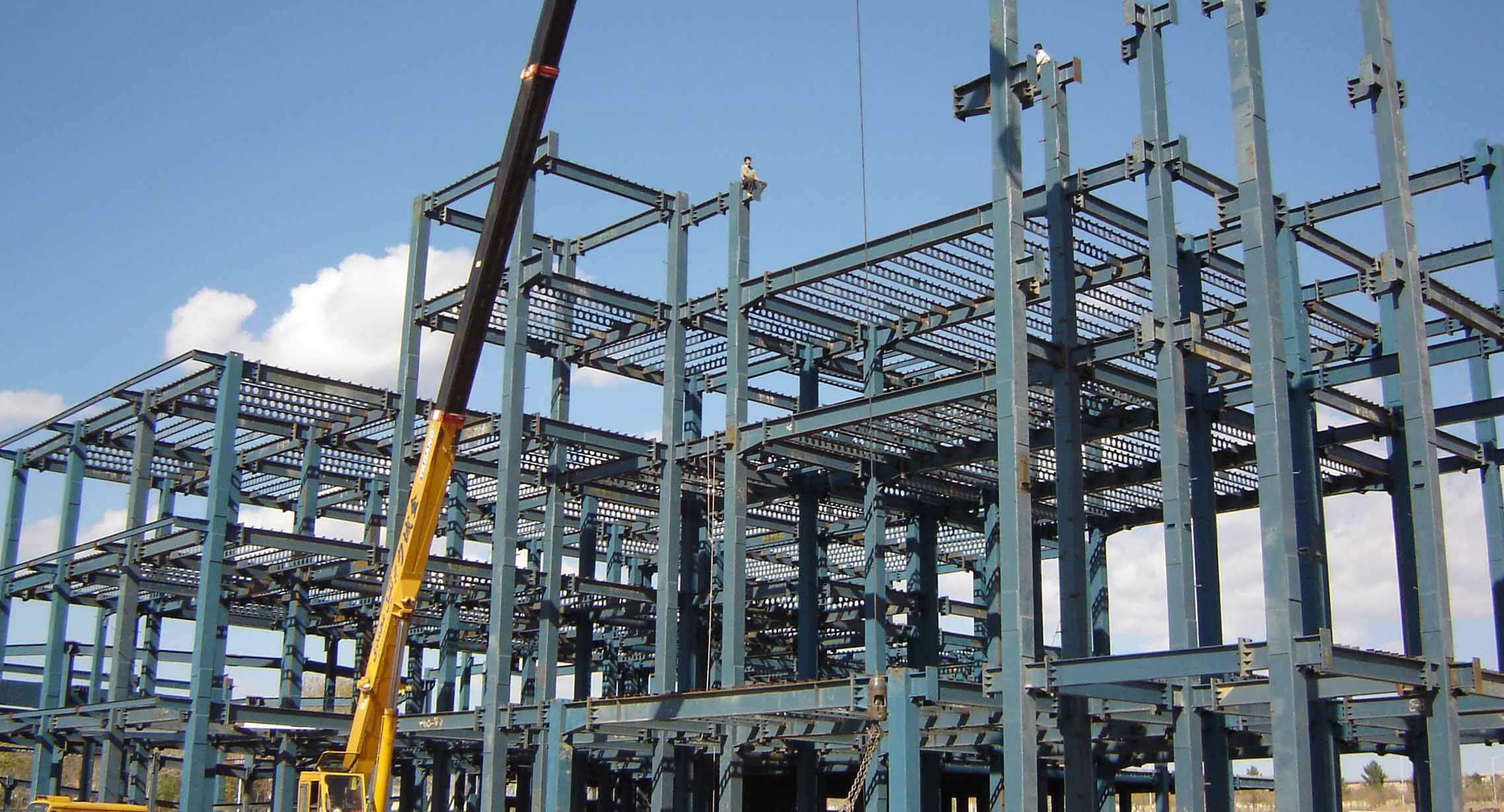Iran has high long steel production capacity, small output and low exports. The scenario for flats is the exact opposite, which is testament to Iran’s unbalanced steel sector.
Iranian steel industry has a long production capacity of 30 million tons/year while average production in the last three years (March 2014-17) stood at 8 million tons/year. The products are consumed locally and not much is left for exports, Financial Tribune’s sister publication Donya-e-Eqtesad reported.
In steel industry terminology, long products refer to billets, blooms, rebars, wire rod, sections and rails. Longs find general use in construction industries. The definition excludes flat products, such as slab, plate, strip, coil and tinplate.
In the last 15 years, Iran has used an average of 9.3 million tons of longs per year. A large part of this usage pertained to the ill-famed Mehr Housing Scheme, initiated in 2007 by the previous administration to provide two million low-income people with housing units through free land and cheap credit.
However, as the project’s funding slowed down, a construction market glut and cooling demand for longs followed.
Considering the government’s tight fiscal policies and lack of funding in construction projects, the sector is unlikely to get off the ground anytime soon.
Accordingly, long usage is expected to stay at the sticky 8-10 million-ton range for at least the next five years.
The 30-million ton, underutilized long capacity is getting even more out of step with the industry’s long-term expansion plans.
The Ministry of Industries, Mining and Trade is planning to boost Iran’s crude steel output capacity to 55 million tons by 2025 to improve the country’s ranking to become the world’s sixth largest steelmaker. Expansion is already underway, as according to Iranian Mines and Mining Industries Development and Renovation Organization, output capacity grew from 32% from the fiscal 2013-14 to 29.8 million tons last year (March 2016-17) and is expected to reach 31 million tons by the end of the current year (March 2018).
In fact, long producers’ woes reflect, in a broader perspective, the steel industry’s shortcomings. As production capacity rises, steel production also embarks on a growth path; it rose 15% during the same four-year period from 16.1 million tons to 18.5 million tons.
Overall steel consumption, however, is going down. Iran’s total apparent steel usage stood at 19.1 million tons in 2016, down nearly 9.5% compared to 21.1 million tons in 2011.
Capacity utilization has seen a downtrend since the fiscal 2014-15, as it dropped to 62% last year and is forecast to shed another 2% this year.
Here, a stronger focus on exports can be the key to rebalancing the sector.
A Cue From Turkey
Turkey has produced an average of 21 million tons of longs in the last three years, exporting 10-11 million tons of the overall figure.
The country is currently the world’s ninth largest steel producer. Interestingly, Turkey has no ready access to the steel industry’s strategic requirements, namely raw material and energy, and has traditionally met its demand by importing scraps.
Iran’s northwestern neighbor is also the second largest exporter of rebar worldwide after China. Besides dominating the region’s rebar markets, Turkey exports about 7 million tons annually to the United States, the UAE, Egypt, Iraq, Yemen and Saudi Arabia, among others.
Interestingly, scrap usage has recently proved more costly for Turkish producers compared to iron ore, prompting the direct import of billets and blooms for long production.
Iranian steelmakers could take their cue here: Mills could turn to imports of semi-finished steel to become more competitive in long production, bolster production and at the same time boost exports to regional markets.
The rising capacity expansion in semis can also lead to higher shipments to Turkey to capitalize on the robust demand.


